'Infinite Wonder': Scott Kelly Documents Yearlong Space Mission with New Photobook

NEW YORK — After spending nearly a year on the International Space Station during a record-breaking mission, retired astronaut Scott Kelly knows a thing or two about orbiting Earth.
"Depending on where you are over Earth, there were times when if the window shades were closed, just from the light seeping in — after being in space for a long time — from the color of the light, you could tell where over the Earth you were, generally speaking," Kelly told Space.com.
The retired NASA astronaut took the time to talk to us before an event Monday (Nov. 5) at Manhattan's American Museum of Natural History, where he would be presenting his new photobook "Infinite Wonder: An Astronaut's Photographs from a Year in Space" (Knopf, 2018). In an office above the Hayden Planetarium, he paged through the thick coffee-table book to point out a few highlights and talk about his time on the station. ['Infinte Wonder': Photos from Scott Kelly's Year in Space Mission]
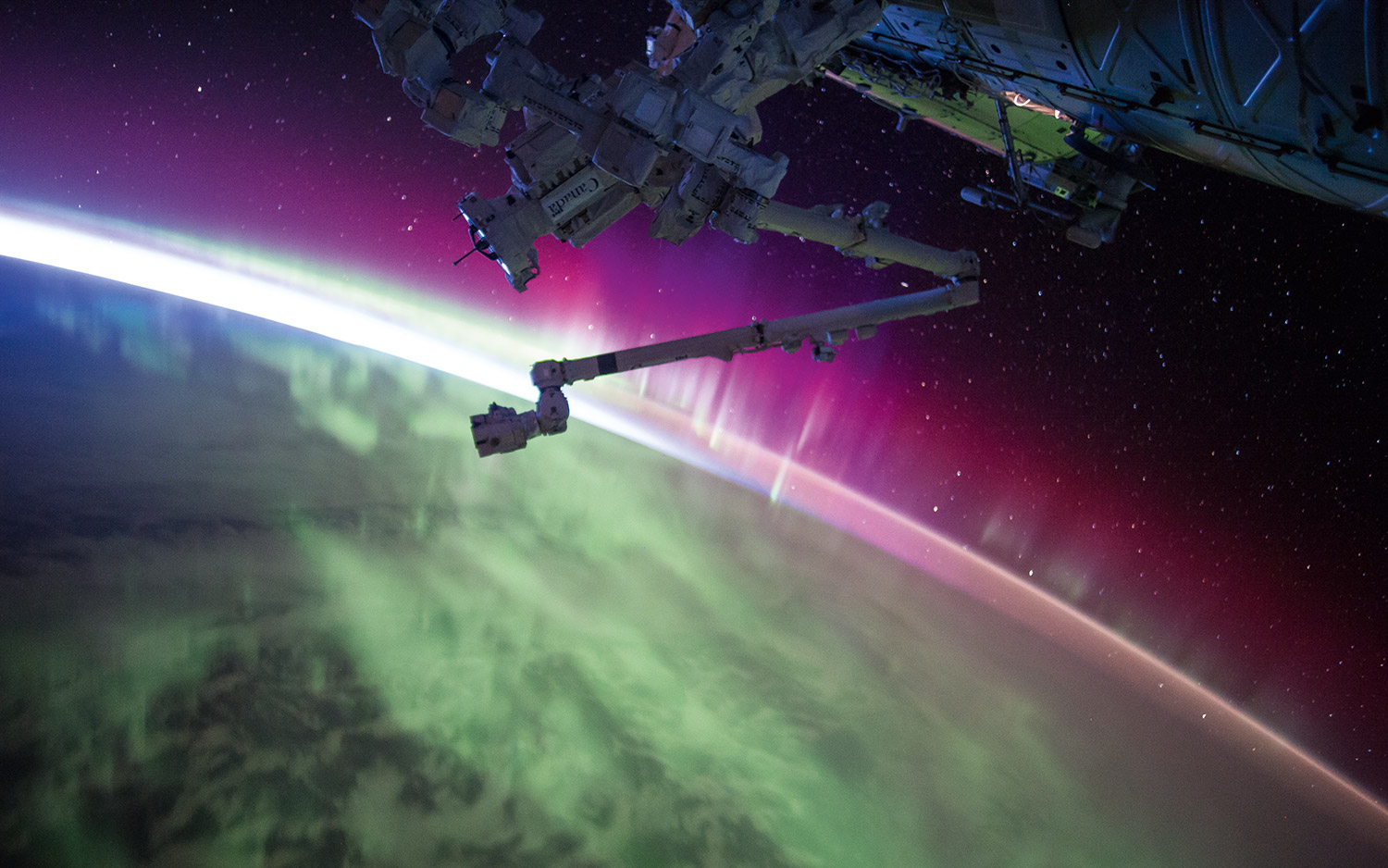
The book includes three types of photos: Views of Kelly's mission, including launch and landing, and the crew's daily life in space; views of the natural world from space; and artistic photos taken of the ground with a long lens, showing off the planet's patterns and textures. That third one was challenging to do with the station moving at 5 miles per second (18,000 mph, or 28,968 km/h) over the planet — it took time and practice to move smoothly enough to track surface features and take their pictures, Kelly said.
"There's a picture of the aurora where you can see the reflection of the colors on the bottom of the space station and robot arm," he said, thinking through his favorite images in the album. "Some of the Earth art pictures in the back I actually had blown up and put on my wall at home, so those are certainly ones that are important, or that I really liked so much that I had them reproduced in a large format."
Kelly landed in March 2016 after 340 days in space, sharing the "Year in Space" mission with Russian cosmonaut Mikhail Kornienko, and since landing he's put out a memoir, "Endurance," and now this photobook.
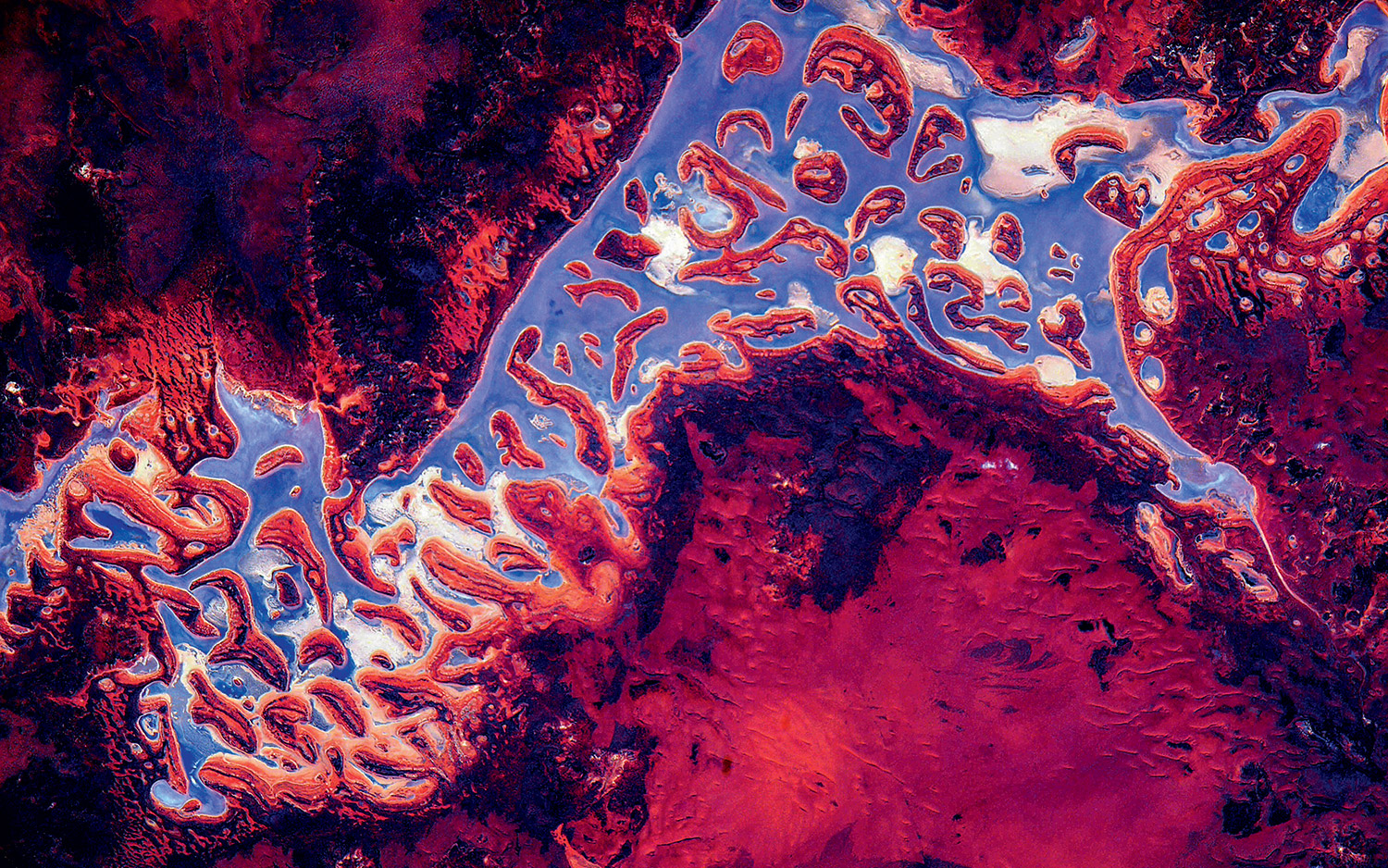
"I hope people would get an appreciation for what we're doing in space, the complexity of it, the importance of it, but also an appreciation for the Earth," Kelly said. "How it looks from space, its beauty, the fragility of the atmosphere. And then I'd want them to just enjoy the book for its aesthetic value.
Get the Space.com Newsletter
Breaking space news, the latest updates on rocket launches, skywatching events and more!
"My mother was an artist; I think it's her inspiration that made me want to take these kind of pictures of the planet and share them with people," he added.
"Maybe he'd take me with him," Kelly said. "I said good luck, and if you need someone with a little experience, my schedule's wide open in 2023.
"I think even if the spacecraft is completely automated, you still should have somebody that's got some experience in space just to help the rest of the crew," he added. "Just moving around is awkward, somebody's always throwing up and you've got to help them."
In fact, Kelly said he's definitely to go to space again, after a couple years on the ground — but "my phone hasn't been ringing off the hook," he said.

During the talk itself, a discussion between Kelly and space-policy expert and historian John Logsdon, Kelly discussed his daily life on the station: "It is the most joyous and magical place I could imagine," Kelly said. "But not an easy place to live. You can't go outside, there's no sun, no rain, no wind. When you go to sleep, you're at work, and when you wake up in the morning, you're still at work."
Kelly's nearly yearlong space mission was his second long-duration stay on the space station and his fourth spaceflight — he flew two shuttle missions as well. But in this case, researchers were watching carefully to see the long-term effects of spaceflight on his physiology and gene expression. (His results were compared with his twin brother, Mark Kelly, also an astronaut.) But though his mission was by far the longest, it continued a long tradition of investigation for the orbiting lab.
"I think the biggest science experiment on the whole thing is the fact that we've had people living and working in space for the last 18 years, and to demonstrate we can do that, we can do that safely, we're learning more about our physiology and how our human body reacts to the environment," Kelly said during the talk. "Also, how to operate systems for a really, really long time. Because if we're going to Mars someday and the toilet breaks, and you can't fix it, you're going to die." [Scott Kelly's Yearlong Space Station Mission: By the Numbers]
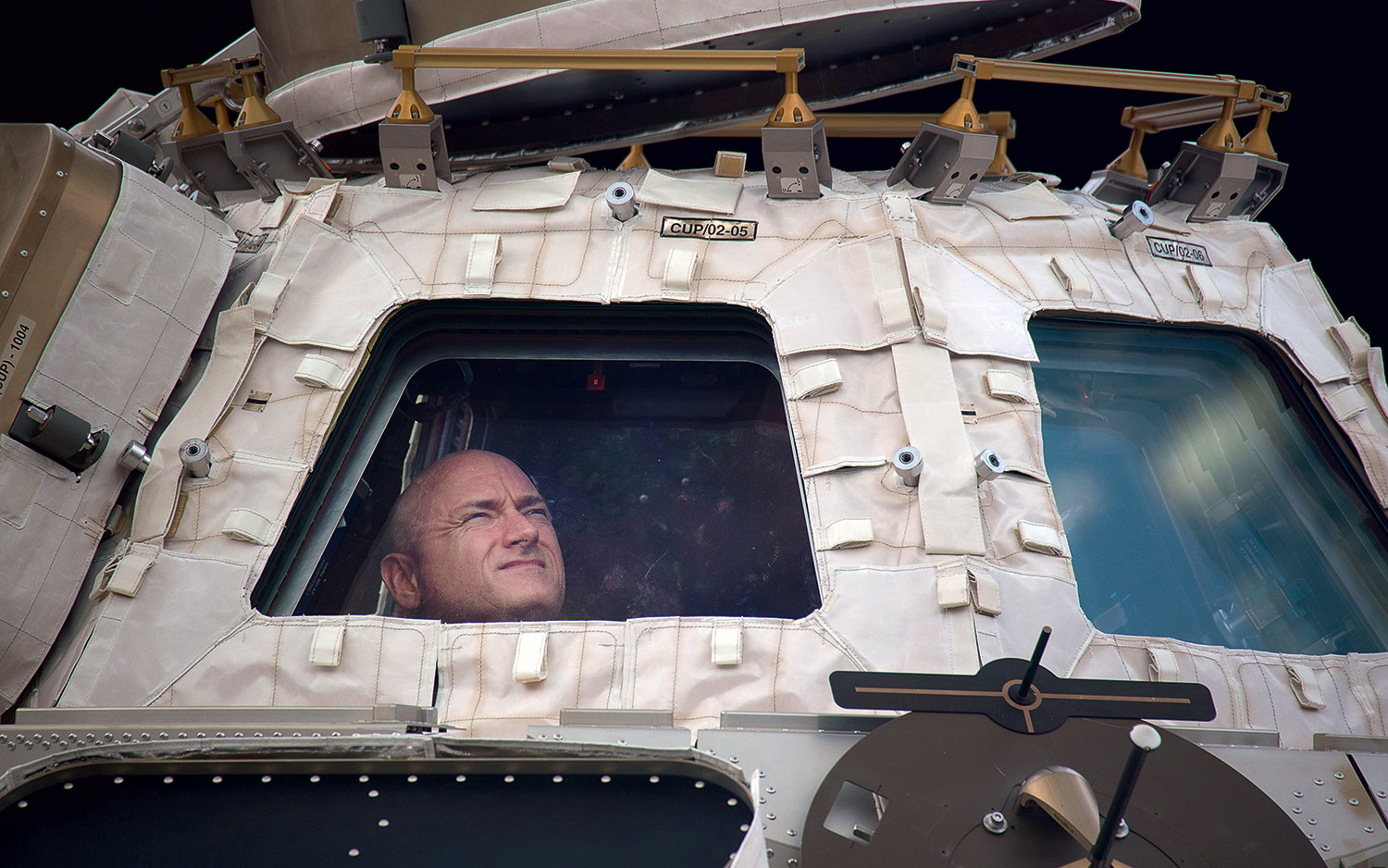
Kelly and Logsdon discussed the longevity of the space station — Kelly thought it could last at least another 10 years, if the budget was allotted to keep it going — and where humans should journey next. Kelly's yearlong mission happened with an eye toward long trips to Mars, but current U.S. policy is leaning toward sending humans back to the moon first.
"The question of whether we do this or that, it's no longer about the rocket science," Kelly said. "It's really about the political science now. It's a policy issue; it's do we want to spend our limited resources on maybe going back to the moon, at the expense of going to Mars, because both will be expensive? Or do we just bypass the moon."
"My opinion would be if we can only go one place, I think we go to Mars, but I'm not sure we're willing to make the financial commitment to do that," he added.
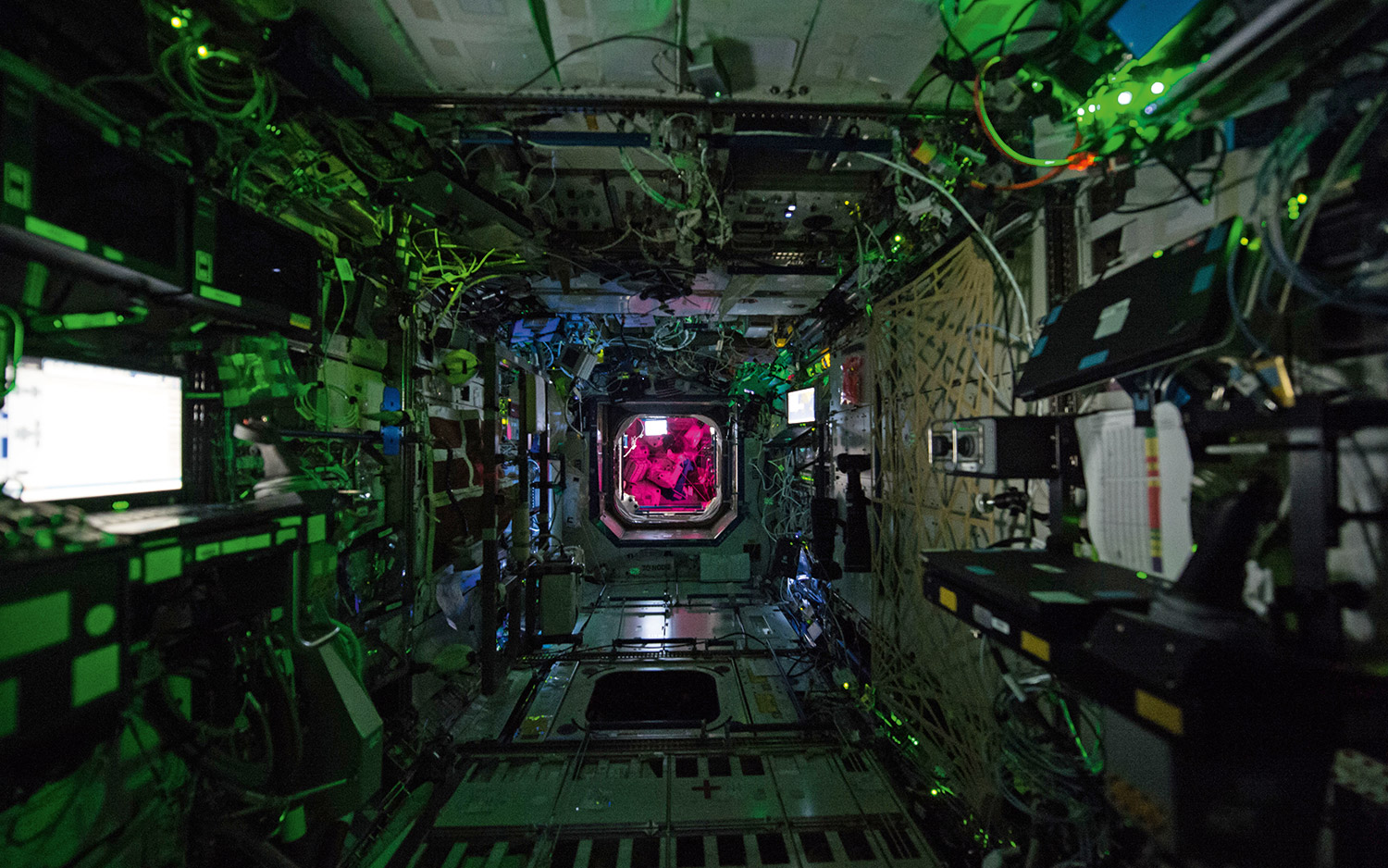
Kelly answered audience questions about what would help with loneliness in space ("people," he said), whether there are aliens (he'd "never had a personal experience with aliens"), and about food in space (saying that "space ice cream" is a hoax — he ate Klondike bars up there).
Space.com asked Kelly before the presentation whether his images reflect what it really looks like in space — many do, he said, although the close-ups are ultra-zoomed in and some have enhanced colors (though no false colors added), and the camera can capture views in more detail than the human eye picks out. But he did point out one image, looking out the space station's windowed cupola, that reflects just what it looks like viewing Earth from space.
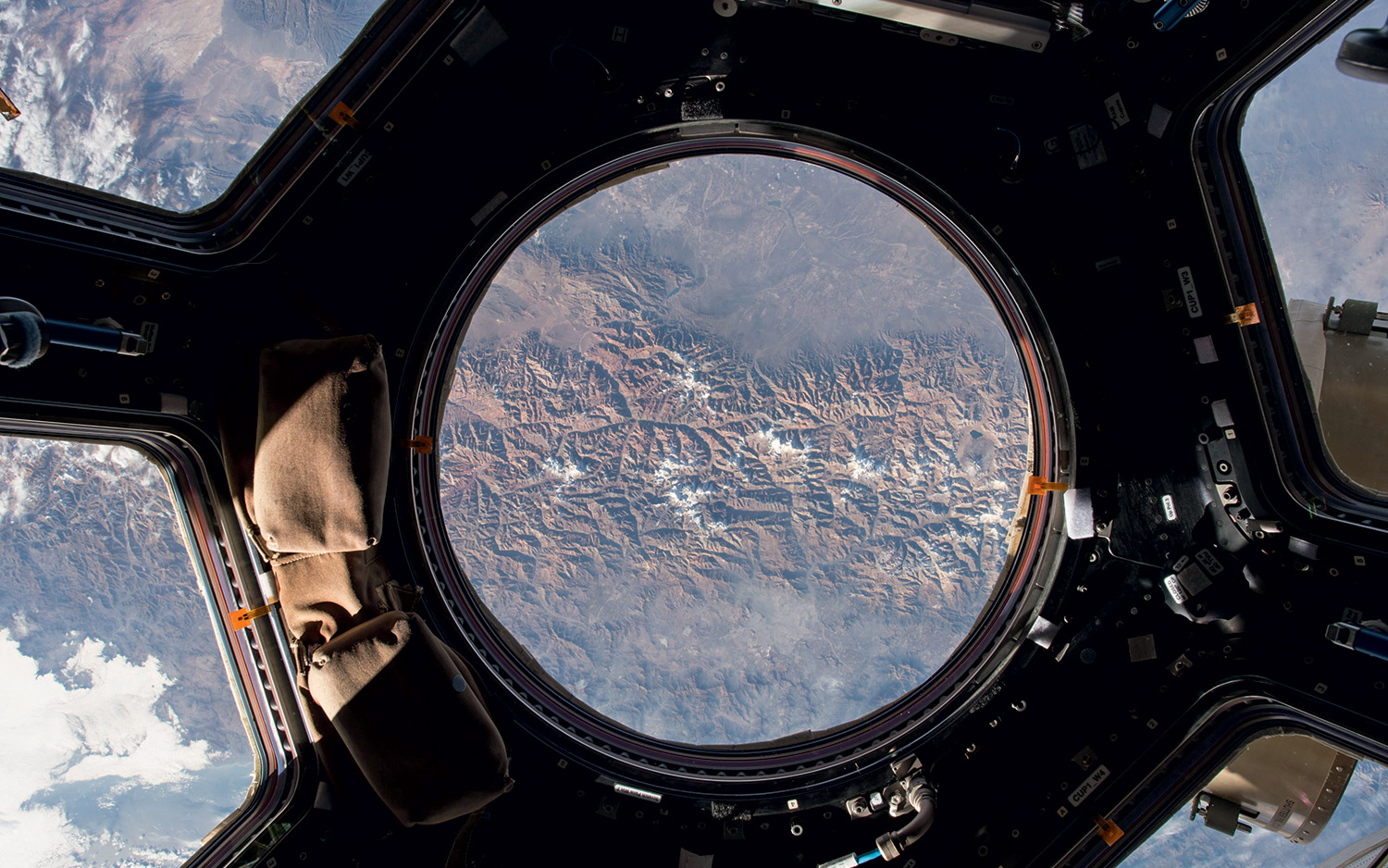
"This is how, if you're going over some mountain range — this is probably in North America, the western part of the United States, I think," he said. "It gives you a good idea of, even though you can see the limb of the Earth, and the Earth looks round, when you look straight down, it looks like you're about 250 miles above the surface."
At the talk later, he fielded a query about people who question the Earth's roundness, sharing how he responds with the wisdom he's gained as a long-term viewer and documenter of the planet from above.
"If you're willing to doubt the Earth is round, you're willing to doubt anything — and that could be dangerous," he said. "What I always tell the people that claim the Earth is flat is: I've flown around it like 8,000 times."
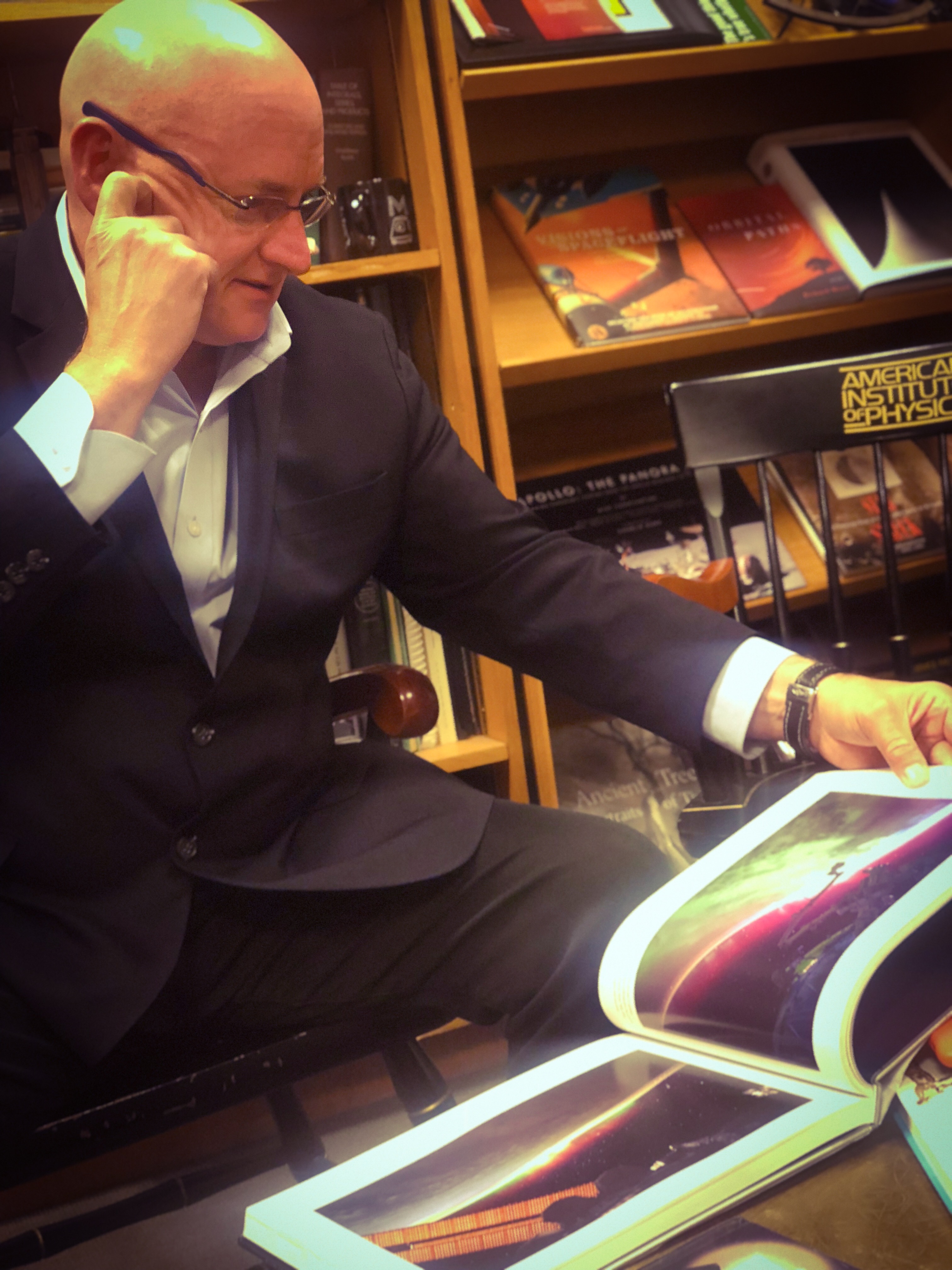
Email Sarah Lewin at slewin@space.com or follow her @SarahExplains. Follow us on Twitter @Spacedotcom and on Facebook. Original article on Space.com.
Join our Space Forums to keep talking space on the latest missions, night sky and more! And if you have a news tip, correction or comment, let us know at: community@space.com.

Sarah Lewin started writing for Space.com in June of 2015 as a Staff Writer and became Associate Editor in 2019 . Her work has been featured by Scientific American, IEEE Spectrum, Quanta Magazine, Wired, The Scientist, Science Friday and WGBH's Inside NOVA. Sarah has an MA from NYU's Science, Health and Environmental Reporting Program and an AB in mathematics from Brown University. When not writing, reading or thinking about space, Sarah enjoys musical theatre and mathematical papercraft. She is currently Assistant News Editor at Scientific American. You can follow her on Twitter @SarahExplains.









